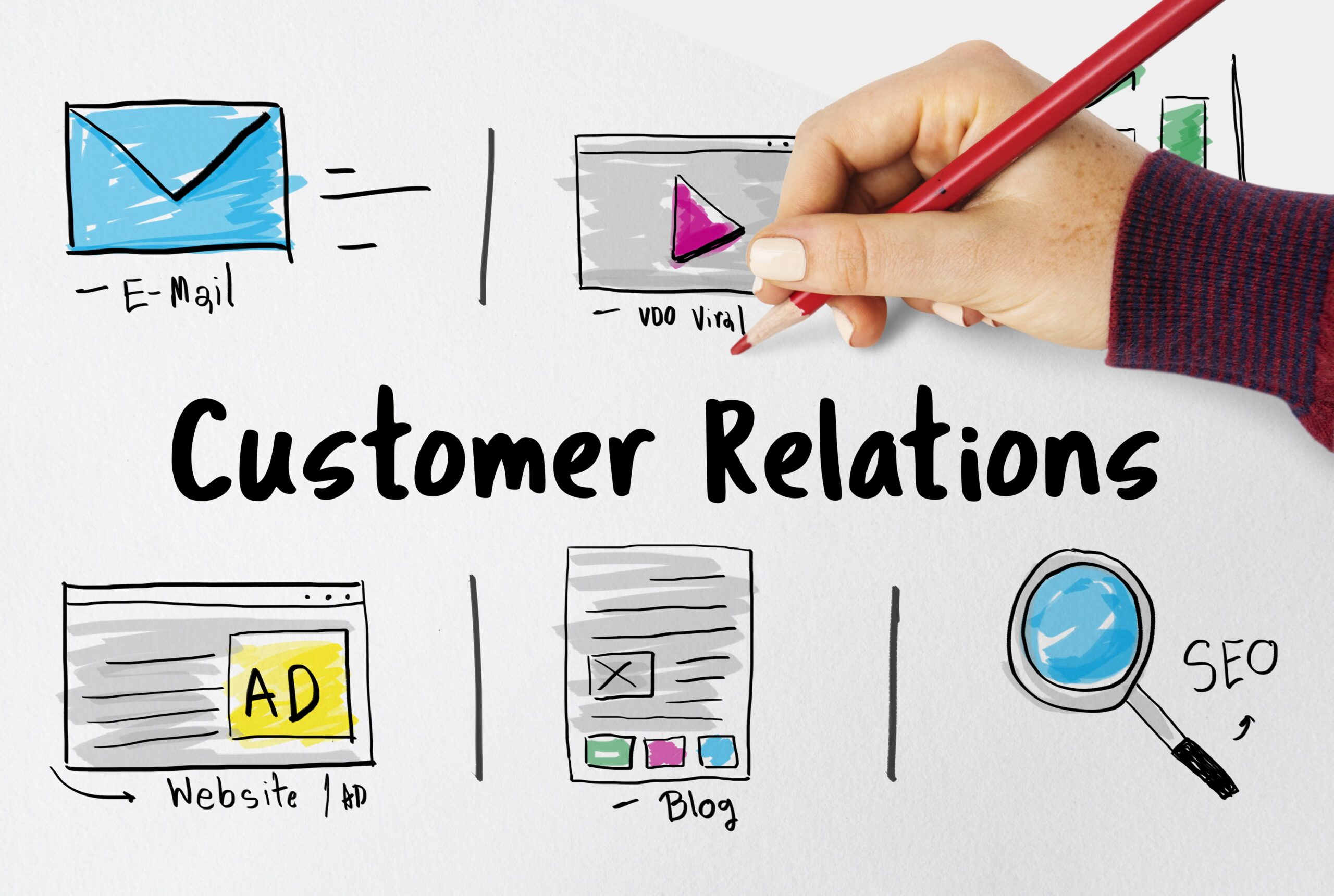The 6 Pillars to Perfect Business Email Structure
When it comes to business communication, emails are one of the most important tools. A business email is often the first impression that your customers, suppliers, and other stakeholders have of your business. As such, it is important to ensure that your emails are well-structured and organized. This is where the six pillars to perfect business email structure come in. In this blog post, we’ll discuss what these six pillars are, the benefits of having a structured business email, how to create a perfect structure for your business email, and how to use DirectIQ to structure business emails.
What is the 6 Pillars to Perfect Business Email Structure?
The six pillars to perfect business email structure are a set of guidelines designed to help you create a well-structured and organized business email. These guidelines provide you with a framework for crafting the perfect business email, from the subject line to the closing sign-off. With this framework in place, you can ensure that your emails are professional, efficient, and effective.
The six pillars of perfect business email structure include the following components: Subject Line, Greeting, Introduction/Purpose, Detail, Ask/Action, and Closing/Sign-off. By following these guidelines, you can create an email that is easy to read, understand, and act upon.
What are the Benefits of Structured Business Emails?
When it comes to business communication, structure and organization are key. By having a well-structured business email, you can ensure that your message is clear and concise. This can help you to get your message across more effectively and quickly. Structured emails also make it easier for the recipient to understand and act upon the information.
In addition, structured business emails can help to build trust and credibility with your customers, suppliers, and other stakeholders. By presenting your emails in an organized and professional manner, you can demonstrate your commitment to excellence. This can help to create a positive impression and build relationships with key stakeholders.
Finally, structured business emails can help to save time and money. By having a clear and concise structure, you can save time on writing and revising emails. This can lead to cost savings in terms of time and resources.
The Six Key Components to Structure Business Email
Now that you know the benefits of structured business emails, let’s discuss the six key components to structure a business email.
Subject Line
The subject line is the first thing that people see when they receive an email. It is important to make sure that your subject line is clear, concise, and relevant. This will help to ensure that your email is read and acted upon by the recipient.
When crafting a subject line, you should keep it short and to the point. Make sure to include the purpose of the email and avoid using jargon or overly technical language.
Greeting
The greeting is the second component of a business email. It is important to make sure that your greeting is appropriate and professional. This can help to create a positive impression and make the recipient feel more comfortable.
When crafting a greeting, you should use the recipient’s proper name and title. Avoid generic greetings such as ‘Dear Sir/Madam’ or ‘To whom it may concern.’ Additionally, you should avoid using overly informal language.
Introduction/Purpose
The introduction/purpose section of a business email is where you explain the purpose of your message. This section should be concise and to the point. You should make sure to include the purpose of the message and the action that you want the recipient to take.
When crafting the introduction/purpose section, you should avoid using overly technical language or jargon. Additionally, you should make sure to keep this section as short as possible.
Detail
The detail section of a business email is where you provide the recipient with additional information. This can include background information, facts and figures, or any other relevant information that the recipient needs to know.
When crafting the detail section, you should make sure to use straightforward language. Avoid using technical terms or jargon. Additionally, make sure to keep the detail section as concise as possible.
Ask/Action
The ask/action section of the business email is where you explain what you want the recipient to do. This can include asking them to provide feedback, respond to a request, or take any other action that is relevant to your message.
When crafting the ask/action section, you should make sure to be clear and concise. Avoid using overly technical language or jargon. Additionally, make sure to explain why the recipient should take the action that you are asking them to take.
Closing/Sign-off
The closing/sign-off section of a business email is where you thank the recipient for their time and sign-off. This can include a polite thank you and any other relevant information, such as contact details or a request for a response.
When crafting the closing/sign-off section, you should make sure to keep it short and to the point. Avoid using overly formal language or jargon. Additionally, make sure to include a polite sign-off such as ‘Sincerely’ or ‘Best regards.’
How to Create a Perfect Structure for Your Business Email
Now that you know the six key components to structure business email, let’s discuss how to create a perfect structure for your business email.
The most important thing to remember when crafting your business email is to keep it short and to the point. Avoid using overly technical language or jargon. Additionally, make sure to structure your email in a way that is easy to read and understand.
Start by crafting a clear and concise subject line. This will help to ensure that your email is read and acted upon by the recipient. Next, craft a professional and appropriate greeting. This will help to create a positive impression and make the recipient feel more comfortable.
Next, craft the introduction/purpose section. This is where you explain the purpose of your message and the action that you want the recipient to take. Make sure to keep this section as short as possible.
After that, craft the detail section. This is where you provide the recipient with additional information that is relevant to your message. Make sure to use straightforward language and keep this section as concise as possible.
Next, craft the ask/action section. This is where you explain what you want the recipient to do. Make sure to be clear and concise, and explain why the recipient should take the action that you are asking them to take.
Finally, craft the closing/sign-off section. This is where you thank the recipient for their time and sign-off. Make sure to keep this section short and to the point, and include a polite sign-off such as ‘Sincerely’ or ‘Best regards.’
How to Use DirectIQ to Structure Business Emails
DirectIQ is a powerful email marketing platform that can help you to structure your business emails. The platform provides you with a range of tools to help you craft the perfect business email, from the subject line to the closing sign-off.
DirectIQ provides you with a drag-and-drop editor to help you create the perfect email template. You can use this editor to customize your email template with images, text, and other elements. Additionally, you can use the DirectIQ library to find pre-made templates that meet your specific needs.
DirectIQ also provides you with a range of analytics tools to help you measure the effectiveness of your emails. You can use these tools to track open rates, click-through rates, and other metrics. This can help you to identify which emails are performing well and which need to be improved.
Finally, DirectIQ provides you with features to help you personalize your emails. This can include using dynamic content to tailor your emails to individual recipients. Additionally, you can use the DirectIQ segmentation feature to target specific groups of recipients.
Conclusion
The six pillars to perfect business email structure can help you to create a well-structured and organized business email. These guidelines provide you with a framework for crafting the perfect business email, from the subject line to the closing sign-off. Additionally, you can use DirectIQ to structure your business emails and measure their effectiveness.
By following the six pillars of perfect business email structure, you can ensure that your emails are professional, efficient, and effective. This can help you to build trust and credibility with your customers, suppliers, and other stakeholders. Additionally, it can help to save time and money in terms of time and resources.
So, if you want to ensure that your business emails are structured and organized, make sure to follow the six pillars of perfect business email structure. With this framework in place, you can guarantee that your emails will make a positive impression and get your message across effectively.












